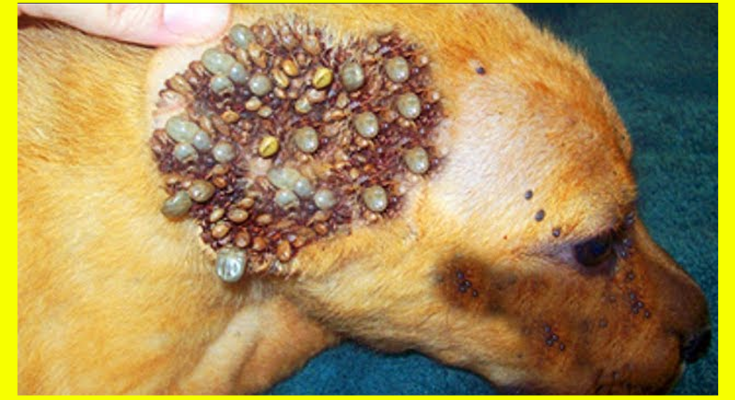How Do Mango Worms Infect Dogs?
Mango worms often hide in the soil, especially when it contains feces or urine. The soil is where mango worms deposit their eggs, and these eggs look for a host. Why? Well, they want to live in your dog’s skin.
If you’re a dog owner, you know how much dogs adore playing in the dirt. And it’s through doing this that they often end up with mango worms on their skin. After the eggs hatch, the larvae make their way into the skin. They do this by burrowing, causing irritation and distress for your dog.
The larvae eat your dog’s tissue to fuel their growth. Each larvae doing this causes a red boil. Inside this boil is a maggot worm. Once the maggots are full-grown, they burst out of the skin.
Are There Mango Worms in the United States?
Mango worms are much rarer in the United States than they are on the continent of Africa. If you live on the continent of Africa, your dog is much more likely to end up with mango worms than if you live elsewhere.
Some places where mango worms are common are Uganda and South Africa. If you live somewhere where mango worms are common, your dog is at high risk of ending up with this kind of infestation.

-
Mango Worm Symptoms
Recognizing your dog has mango worms can be tricky, as there are often not any symptoms at first. Your dog may not feel anything after the larvae get onto and in their skin.
Symptoms usually won’t start until the mango worm larvae within the skin start erupting. They need to do this when they mature.
There may be boils or pimples on your dog’s body if they have mango worms. Your dog will probably scratch a lot and try to bite at his skin. He will probably also seem generally distressed.
Let’s take a look at some symptoms of a mango worm infestation in your dog:
- Itching
- Skin redness
- Blisters or boils
- Difficulty sleeping
- Fever
- Unusual behavior




